Flash evolution. C 1996 to the present day

Adobe Flash is by far the most popular Internet multimedia platform. Just install a flash player and you have a whole world in front of you - videos, chats, games. And with the release of ActionScript 3, developers have almost unlimited possibilities.
But there was a time when Flash was just a small program for editing vector animation. He was born in 1996 under the name FutureSplash Animator and today, after fourteen years, lives in almost all forms - on personal computers, mobile devices and servers.
')
FutureSplash Animator - 1996
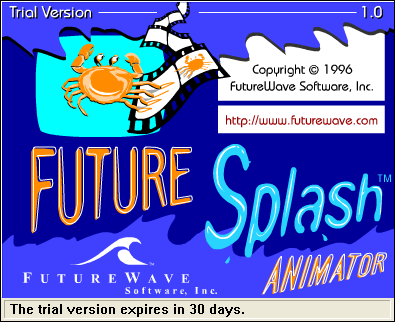
The first flash editing program was called FutureSplash Animator and was created by John Gay and Charlie Jackson , the founders of FutureWave Software. It was, in fact, an enhanced version of another program of theirs - FutureWave's SmartSketch, a vector editor for computers with tablet input. The first version of FutureSplash Animator went on sale in the 1996th year, and after 7 months Macromedia acquired FutureWave and Flash got its usual name - Flash.
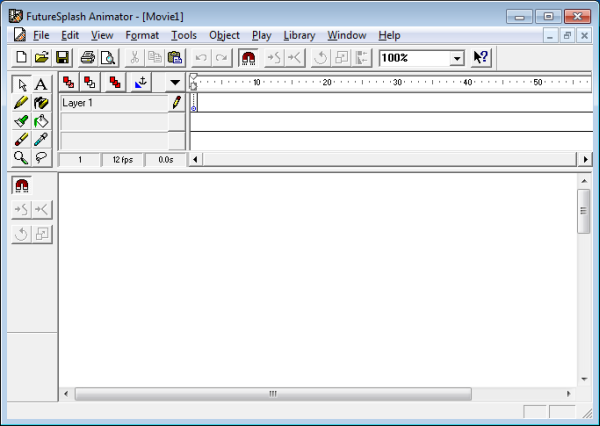
Flash 2 - 1997
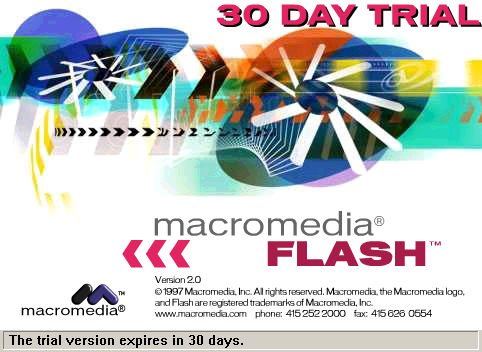
Flash 2 did not present users with particularly noticeable new features, but it is famous at least for the fact that most of the old school flashers started with it. Perhaps the main innovation - Library (Library), which allowed to store, manage and export various types of data. Flash 2 already knew how to be friends with buttons, sound effects and fonts. Therefore, he very quickly became one of the most advanced tools for illustrators, animators, and just an emerging family of web artists.
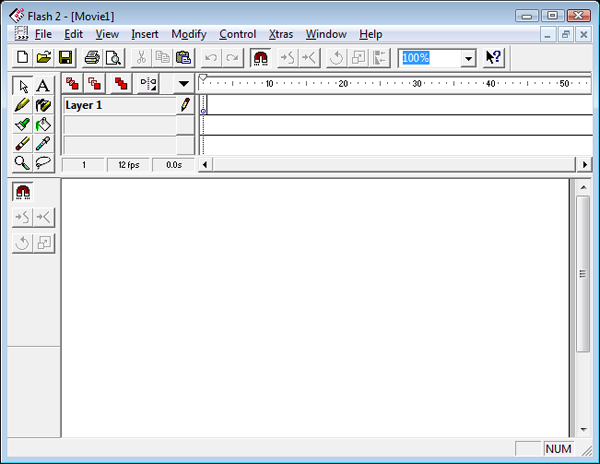
Flash 3 - 1998
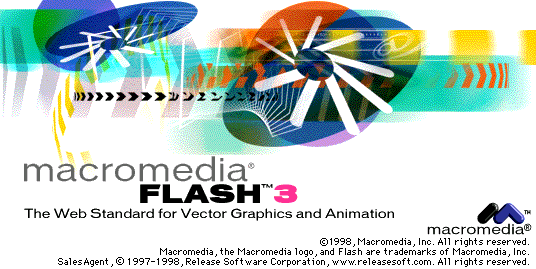
A year after the second version, Flash 3 came out and introduced a lot of new features to the world. Movie clips appeared in the program, the ability to work with different levels of transparency of objects was added, as well as project files - executable movie files, for launch of which no flash player installed on the computer was required. For the first time action actions appeared - the first step to the modern interactive paradise of Flash technology.

Flash 4 - 1999
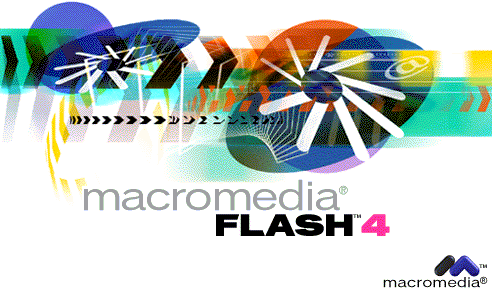
By the time the fourth version was released, Flash had become the de facto standard of web animation. Four expanded the boundaries of technology. Not only the tool icons have changed, but the tools themselves. Now it was easy to go from editing scenes to editing objects. The new Inspector panels, which are similar in functionality to today's Info panels and Transform panels, made it possible to more accurately control objects and animations. Changes were also made to the Library - folders were added and the ability to edit objects directly in it.
Flash 4 can be called a breakthrough in technology, since the motion tweening function was brought to the forefront, becoming for many years one of the main functions of the editor. There was a complete management of the layers - the visibility and the ability to lock the layer. The function of adding a contour became integrated. Flash began to support the mp3 format, as a result of which online music players flooded the network.
The editable text fields became available, as well as the Get URL action (with the POST and GET variables). There are functions Load Variables and Load Movie, giving a truly fantastic opportunity. Flash has become incredibly popular due to its powerful tools, with the help of which it was possible to create anything.
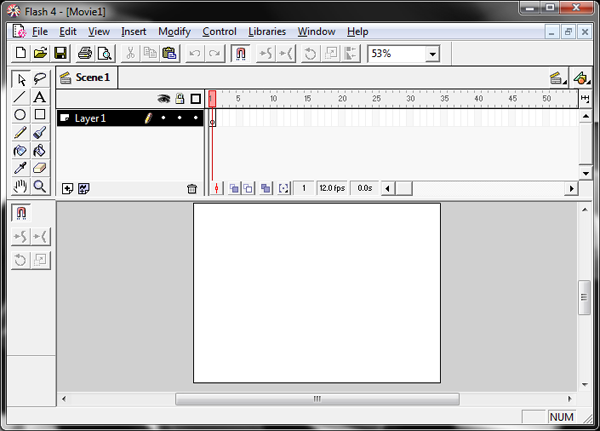
Flash 5 - 2000

Flash 5 said goodbye to the interface in the style of the 90s and entered the new millennium with a bunch of new features. There were separate Info panels (Info) and Transformation (Transform) in place in the Bose of the remaining Inspector panels. The shared library made the possibility of exchanging objects between different projects a simple thing as never before. Well, the “nail of the program” is the birth of ActionScript. Previously, action games were collected solely by selecting the necessary functions in the drop-down menus. Well, now the developers themselves could write their own scripts. This gave developers freedom with a capital "C" (well, syntax errors, of course). The era of flash games has arrived.
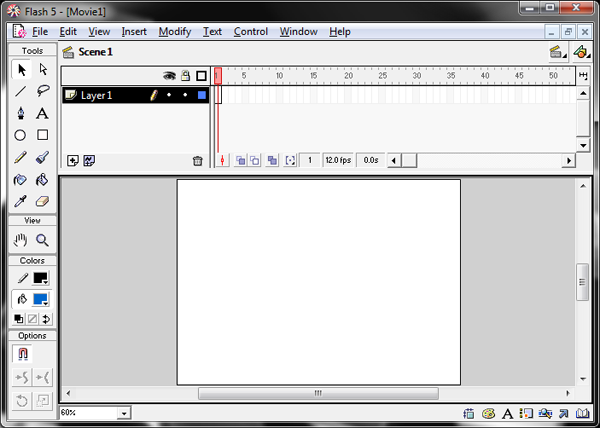
Macromedia Flash MX - 2002

The Flash MX version was the starting point for a long way to integrate into graphics packages. It was first released as part of the MX package, the predecessor of the Adobe Creative Suite. And finally, there was a separation of design and programmer components of the program. Built-in user interface components were introduced, as well as XML. The Free Transform tool and the ability to group layers into folders has been added. Another revolutionary feature - video support. Streaming video has become a familiar thing, and only a few years left before the advent of YouTube.
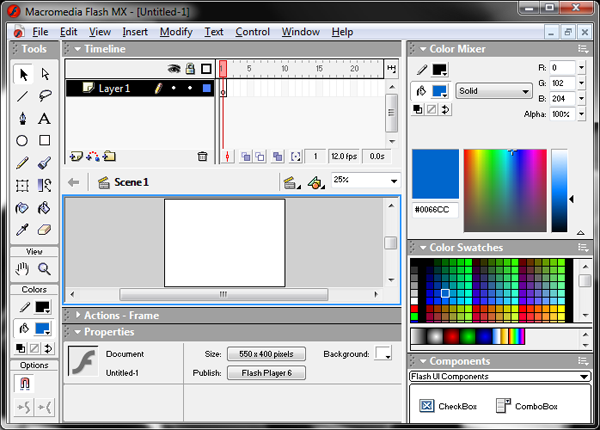
Flash MX 2004 - 2003

New components, ActionScript 2 and Unicode support. Flash MX 2004 is another step from the humble ancestor - the editor of vector graphics to the dominant platform of Internet applications.

Flash 8 - 2005

Flash 8 introduced filters and blending modes, which further expanded the possibilities of animation. The new Object drawing mode has added functionality that has brought the editor closer to Adobe Illustrator. Hinting contour appeared, controlling the appearance of the end points of the curve (end caps). Managing the speed of animation by editing the curve curve is another tasty bun for animators. The previously used video codec Sorensen was replaced by On2 VP6 - a coincidence or not, but after three months YouTube was launched.
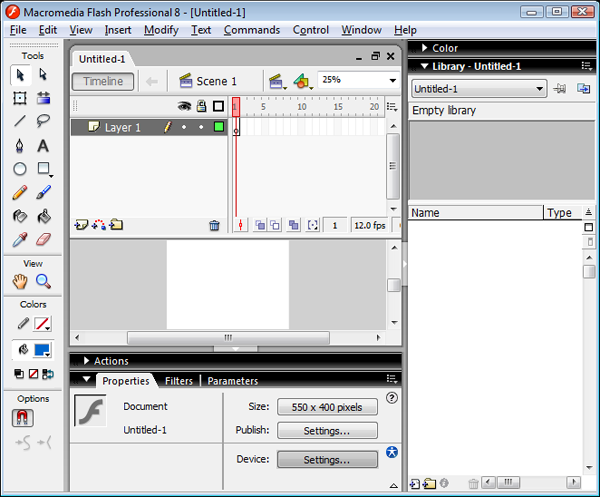
Flash CS3 - 2007
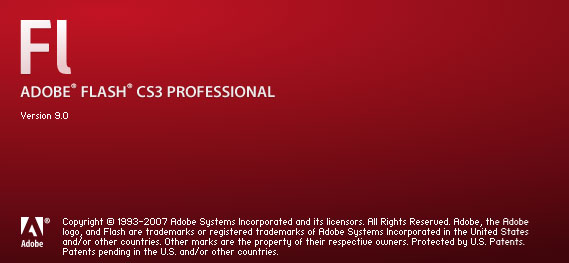
Appearing in the Adobe Creative Suite, Flash CS3 could boast of an updated interface, improved work with video and simplified work to change the appearance of components. One of the important improvements is the ability to export animations, which made it possible to easily transfer animations from one object to another. The release was marked by maximum integration of the editor with other software packages - especially with Photoshop and Flex. Well, for dessert - the emergence of ActionScript 3.0.
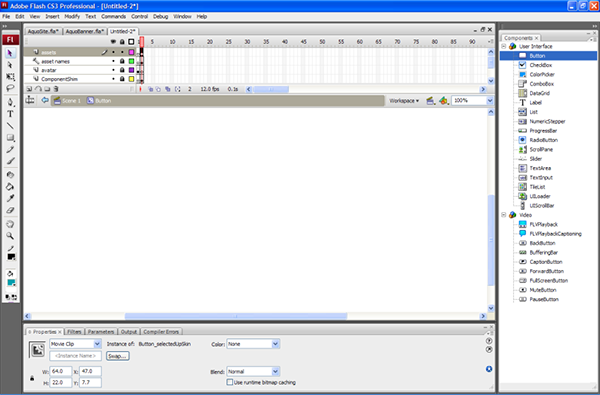
Flash CS4 - 2008
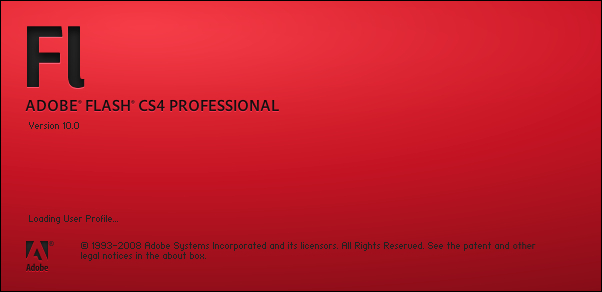
CS4 presented the inverse kinematics - the ability to build animation based on the movements of the "skeleton", as well as the Motion Editor - a new panel that gives tremendous freedom to control the animation (dope sheet in 3D editors). Appeared initial support for 3D.

Flash CS5 - 2010

The code editor, inverse kinematics has been improved, snippets have been added and new XML-based formats, .XFL and .FXG, have been introduced to simplify the work with the code and reduce the number of errors associated with the old binary file format. Flash Catalyst software appeared - a new tool that allows you to export data from other software packages with minimal effort and problems.
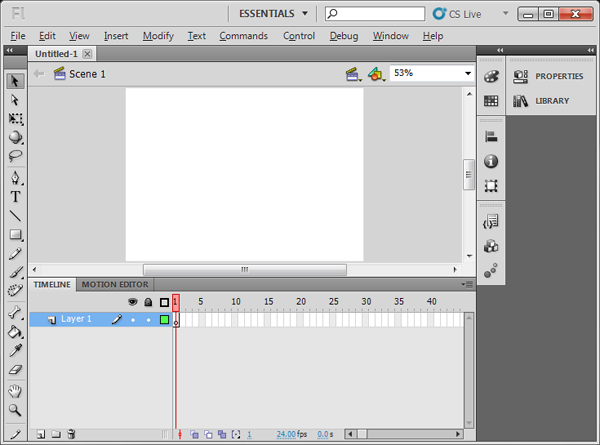
Future
Flash has come a long way from a simple vector graphics editor to a comprehensive platform with the most advanced features. For some, the transition from pure animation to the platform of Internet applications and games may seem redundant, but the opportunities provided by Flash to countless artists, animators, developers and designers completely level this “excessiveness”. The future of flash as an online animation tool looks a bit hazy — SVG, JavaScript, and CSS3 can easily replace this complex software package in many areas. But with regard to Internet applications and game development, here Flash for many years will remain the best choice for the developer.
Source: https://habr.com/ru/post/100237/
All Articles